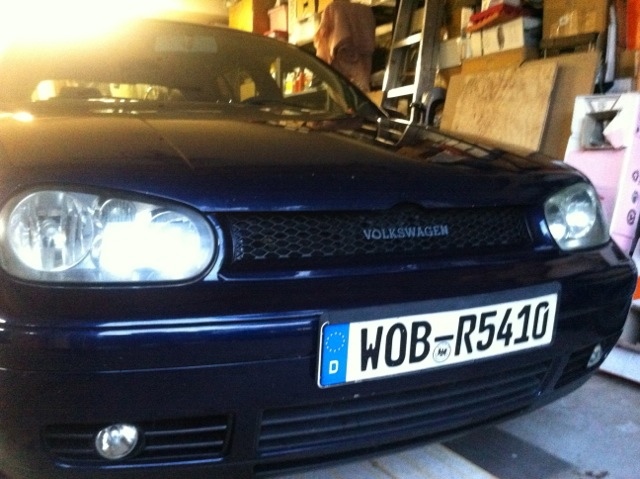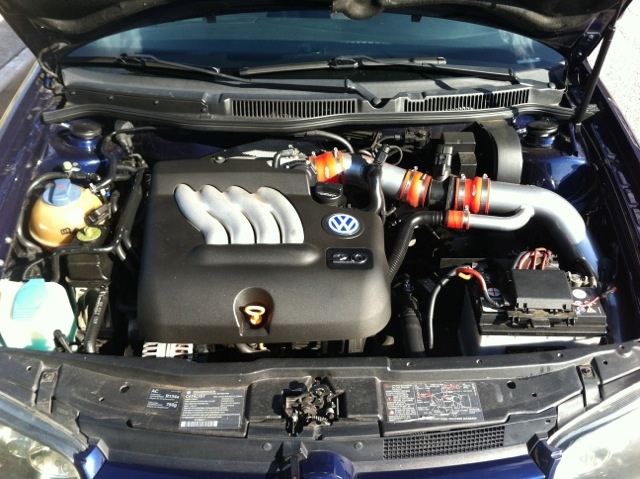I think that it is important to take a step back and cover the basics. I get caught up in a very technical world, with people that know the terms I use. I don’t want anyone to feel like what I am saying is over their head. So today I will give you guys some really common terms your auto mechanic might use. You might not need to understand how these things work, but knowing the terms will can help you make better choices with your car.
Engine block
This is the lower part of the base engine. It houses the pistons, and the crankshaft. It may also have other parts like an oil pump, a water pump, and maybe a balance shaft. Some folks also call this the “Bottom End”. It is generally referred to that way when talking about noises. On older engines, the block may have also contained the cam shaft. I say older, but the 3.8L Routan still has the cam in the block.
Cylinder Head
This is the upper part of the base engine. It can contain the cam shafts, valves, rockers(not the music kind). Most newer model cars have an adjuster in the cylinder head that can change the cam shaft timing. Don’t worry about that just yet, we will get there.
Crank shaft
Located in the engine block, this hunk of metal moves the pistons. It takes a rotating motion and converts it to an up and down motion. At one end, the trans mission bolts the the crank shaft, the other end generally drives the serpentine belt.
Cam Shaft
The cam shaft is also responsible from turning a rotational motion in to an up and down motion. The cam will rotate causing valves to open or close. This is what allows air to enter the engine, and forces air out of the engine.
Timing Belt
This is the belt, or chain, is what connects the CRANK SHAFT to the CAM SHAFT. One of the most important parts of an engine. If the timing belt is not “TIMED” properly, you will get pistons and valves in the wrong place, and the wrong time. Usually resulting in internal engine damage.
Serpentine Belt
This is also called an accessory belt, or belts. This belt is what drives the vehicles accessories. Things like the alternator, power steering pump, air conditioning compressor, and (if you are luck) a super charger. If this belt breaks, it most likely wont do internal engine damage, but it can leave you stranded.
Water Pump
Like many things on cars, this does what its name says it does. It pumps water, well actually, coolant. The water pump pushes water through the engine and pulls heat from it. When it hits the radiator, it exchanges the heat with and cools down. Then back to the engine to start over
Thermostat
Going along with the water pump, the thermostat helps regulate engine temperature. It will “hold” coolant from flowing to the radiator. It does this to heat the car up. It would take forever to get your car to operating temperature with out a thermostat.
Radiator
Located in the very front of your car, the radiator is a big heat exchanger. The hot coolant that flows through it, is cooled by air passing by it. Air is directed through the radiator and pulls the heat away from the coolant.
Heater Core
This is almost the same as a radiator. The only difference is the location. This is located inside the vehicle. Air is blown across the heater core, but instead of flowing into the engine bay, it flows into the cars cabin. The heat pulled from the heater core heats the air and is then directed into the cabin. The heater core is the reason you can stay toasty warm in the winter time.
Brake Booster
We have talked about brakes before, but I don’t think I have talked about the booster. The booster assists the driver in pressing the brake pedal. With out a booster, it would take tons of force applied to the brake to make the car stop. Well maybe not actual tons, but descriptive tons. It works by using engine vacuum to pull a diaphragm. and spring set. This set will provide the assistance you need to help press the brake pedal. You can feel the assist by doing this.
- Stop your car, then shut it off
- Press the brake down, you will still feel the assist.
- Press the brake a few more times, you will notice the pedal getting harder to push.
- After about 4 times of pressing the pedal, it feel hard as a rock. THAT is what no assist would feel like.
There are so many dang systems on cars that it will take a while to talk about them all. Some parts are easy to explain by writing them. Some just don’t make sense that way. I am trying to build a collection of parts so I can show you guys what the look like. Much like the video I did about a Volkswagen Clock Spring. If you have a car part that you want to know about, post it in the comments. The parts I can’t show you how they work are things like Airbags, ECMs, and other “magical” things. 😉
Also, sign up for the email list. You will get updates about new posts before anyone else! VW is dragging their feet on something, but as soon as they get on the ball, I will have something special for everyone, but the folks on “the list” will get 1st dibs.
If you liked this post, please consider sharing it. It is really easy, just click one of the buttons below.
 CRP deals in a ton of OE automotive parts. They also make the factory DSG fluid for VW. Having them as a sponsor will give us access to more information about fluids than I would ever get from VW. I am really excited to have them as a resource of information. To learn more about the great products they have, check out CRPAutomotive.com
CRP deals in a ton of OE automotive parts. They also make the factory DSG fluid for VW. Having them as a sponsor will give us access to more information about fluids than I would ever get from VW. I am really excited to have them as a resource of information. To learn more about the great products they have, check out CRPAutomotive.com












